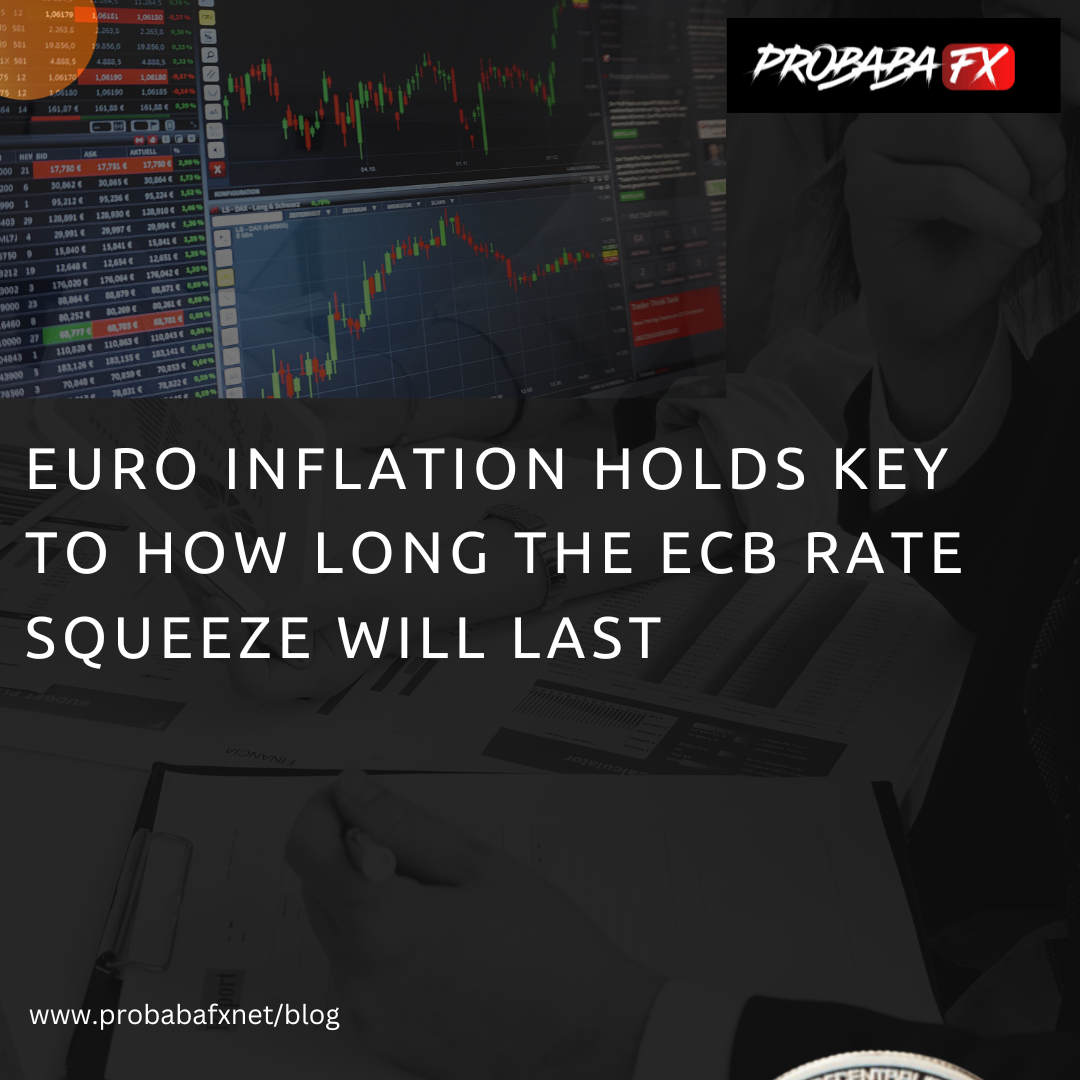Bloomberg closely scrutinized the Euro inflation figures for the eurozone to determine how much higher the European Central Bank would raise interest rates. However, the numbers are now set to influence bettors on cutbacks.
Most Read from Bloomberg
Chinese Gold Buying Is Driving a Paradigm Shift in Bullion
Stocks Flash Recession Warning as Trouble Spreads to Industrials
India-Canada Clash Should Be a Wakeup Call
Wells Fargo Preps for Wealth Battle After $1 Billion Turnaround
Corzine Plans to Shut Hedge Fund and Return Capital to Investors
Analysts, investors, and many colleagues believe the recent ECB rate increase is the last step in the borrowing rate rise.
They will maintain the deposit rate at 4% for a considerable amount of time. However, given the economy’s stagnation and politicians attack on its growth, investors are wondering how long it can stay there.
The first-rate decrease is now the market’s favorite event for next July. Officials from the ECB have not been explicit about the intended timeline.
Inflation will determine how long peak rates last, and Friday’s data for September will provide a preliminary indication. Bloomberg Economics’ Nowcast model predicts a sharp deceleration in euro-area price increases, dropping from 5.2% to 4.6%.
A gauge of underlying pressures that excludes the cost of food and energy will also continue to be of interest, particularly as the possibility of $100 oil approaches. The 32 factors included in the Nowcast, which range from energy prices to unemployment, predict a 4.9% increase in core prices.
According to the median analyst forecast, the headline gauge will slow down by 4.5%, and the core statistic will slow down by 4.8%.
Data by country will be inconsistent. The Nowcast predicts that France and Spain will have accelerations while Germany will experience a significant slowdown. Italy likely maintained its 5.5%
What Bloomberg Economics Says…
“In September, headline and core inflation in the euro area are anticipated to fall below 5% for the first time this year. That will lessen the burden on the ECB and prove that interest rates in the area have peaked.
The inflation dynamics may be changing, along with the ECB. Analysts now expect a more rapid retreat after a summer in which both the headline and underlying measurements only slightly decreased—blame German transport subsidies for that.
The last stretch to get inflation back to the 2% objective may be the hardest and won’t likely happen as quickly as this month’s data may imply. The ECB continues to forecast price increases to average 3.2% in 2019 and only reach its target in 2025.
Peter Kazimir, the head of the Slovak central bank, has issued a warning that until authorities review the quarterly predictions in March of next year, they won’t be able to give the all-clear. How long rates will need to stay at their top levels “remains open and unanswered,” he added.
Others on the 26-member Governing Council issue the warning that it is too soon to declare rates to have peaked and that more tightening may still be required should prices not decline as anticipated.
Has the plateau been reached? Joachim Nagel, president of the Bundesbank, stated “This can’t yet be foreseen with certainty. Still too high is the inflation rate. And the projections still only indicate a gradual drop.
However, the majority believe that rates have reached their peak. Moreover, even though Lagarde said that the ECB had not “decided, discussed, or even pronounced cuts,” some decision-makers are beginning to use the phrase aloud.
According to the current situation, Greece’s Yannis Stournaras told the Boersen-Zeitung newspaper last week, “I anticipate that our next step will be an interest rate reduction.” “I believe that interest rates have peaked. That is how I feel and what I comprehend.
The Nowcast models from Bloomberg Economics offer a high-frequency, data-driven forecast of important economic variables prior to their official publication. They also demonstrate how various inputs affect the prediction. The nowcast models are all Bayesian Vector Autoregressions (BVARs), which is a well-known modeling methodology. They are updated daily and feature the key market-moving indicators for each variable of interest.







































































































































